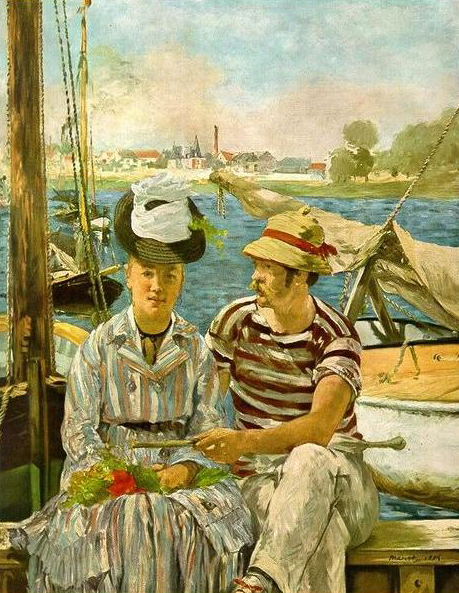
Manet's style was to paint everyday people doing everyday activities. He wanted to experiment and explore new styles of painting, but he also wanted to be accepted by the conservative Salon. Manet became depressed over the rejections. Many people were upset and outraged by this painting. Later, another of his paintings called The Luncheon on the Grass, was again rejected by the Salon. It wasn't a grand scene of historical importance, but an everyday scene of a poor man drinking. The painting was very different from what the conservative critics of the Salon expected from artists.

He submitted the painting The Absinthe Drinker to the Salon, but was rejected. This was the official art exhibition of France. Manet began his career painting in the style of realism. He often helped his friends out and was generous with his money.

Part of his training was to copy the works of the masters.Ĭoming from a wealthy family, Edouard didn't have to struggle to pay the bills like many of his fellow young artists. Over the next few years he also traveled to places like Florence, Rome, the Netherlands and Germany to study classical works of art. When he turned eighteen, Edouard began to study art under the teaching of painter Thomas Couture. Edouard finally agreed to join the Navy as a compromise, but he soon left the Navy as a failure. His father wanted Edouard to become a lawyer, but he had no interest in the law and only wanted to work at being an artist. He was born in Paris on January 23, 1832. Famous works: Boating, The Fifer, The Luncheon on the Grass, Music in the Tuileries, The Races at LongchampĮdouard Manet grew up in a wealthy family in Paris, France.


 0 kommentar(er)
0 kommentar(er)
